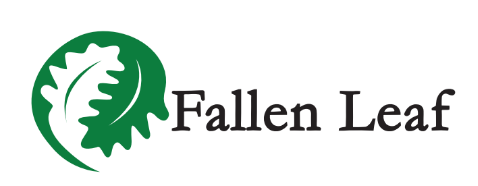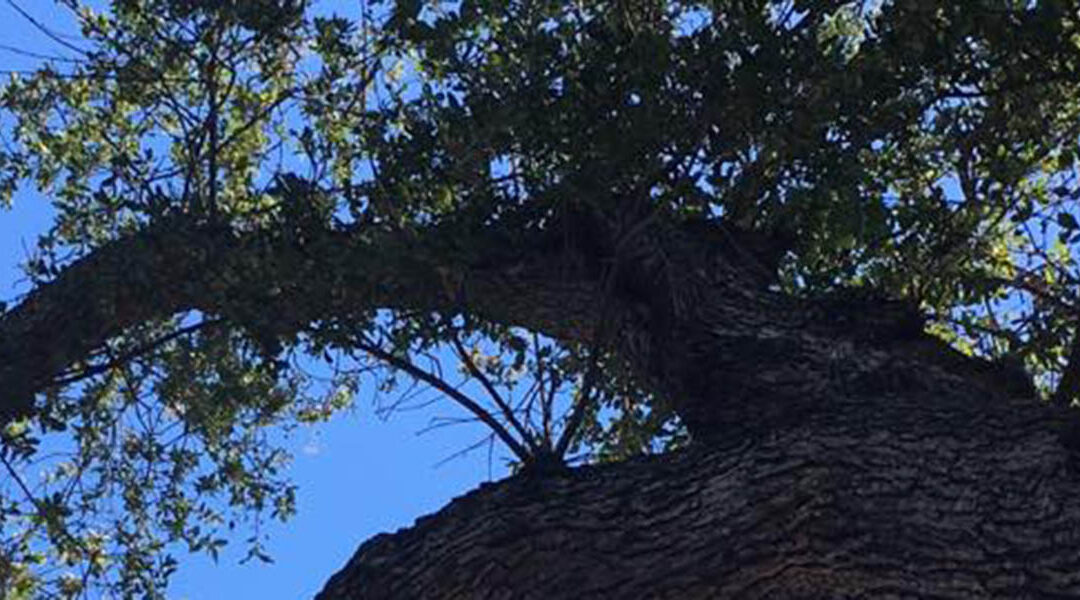Trees offer a cool place to relax on a hot day, and the shade can even help lower your electric bill in the summertime. However, trees can harbor many fungal species and diseases that will harm them if left untreated.
In this article, Roseville’s trusted tree service explains the five most common types of fungi on trees and the relationship between trees and fungi.
5 Common Types of Tree Fungi
1. Bird’s Nest Fungus
Bird’s nest fungi are a type of fungus that grows on trees and resemble the shape of a bird’s nest. They are usually brown or black, though they can also be white or yellow. Bird’s nest fungi grow in high humidity and shade spots. It is often found near the base of the tree, around the trunk. Fungi like these can grow into large colonies and sometimes cover entire branches.
When this happens, it can be difficult to tell exactly how many individual fungi there are—several have likely merged into one large colony!
2. Green Mold
Green mold is a type of fungi on trees that can grow on most plants, including trees. This fungus lives in the soil and spreads its fungal network through spores. The spores attach themselves to the leaves, stems, and branches of trees and other plants.
The underground network of pores will grow into a long web-like structure called hyphae. As these hyphae grow, they can spread over the tree roots and tree trunk. Green mold can be very destructive when it comes to trees because it prevents them from getting enough sunlight or water while trying to grow healthy leaves during springtime.
3. Gilled Mushrooms
Gilled mushrooms are typically more common in temperate regions of the world, but they can also be in tropical and subtropical areas. They have characteristic gills, which are the pores on the underside of the cap.
Many gilled mushrooms are edible and are prevalent in many grocery stores or markets selling fresh produce.
4. Jelly Fungi
Jelly fungus is a type of fungus that grows on dead wood, and it looks like a translucent, gelatinous blob. The jelly fungus can be white, yellow, orange, or red. It has no chlorophyll, so it can’t make its food and gets its energy from the sun.
The jelly fungus can sometimes grow on living trees, but not often. This fungus is also known as a jelly polypore because it resembles a polypore (a mushroom that grows on trees).
5. Lichen
Lichen is a type of fungi on trees that grows on trees, forming a symbiotic relationship with them. Lichen grows on bark, where it has access to water, near the base of the tree or higher up in the canopy. Lichen is often found growing in groups and can grow on many different types of trees.
Lichen is not harmful to your tree, but it does need to be cleaned off from time to time so that it does not get too thick and cover your tree’s bark.
Contact Your Local Trusted Arborist for Tree Care Services
At Fallen Leaf Tree, we’re proud to provide tree care services in Sacramento, CA, and the surrounding areas. We know that your trees are a huge part of your landscape and neighborhood, and we want you to have the best possible care for them.
The professional arborists at Fallen Leaf ensure your trees remain healthy and thriving. If you’re interested in learning more about the types of fungi on trees or how to care for trees hit by lightning, contact us at 916-447-8733 for a free consultation.

